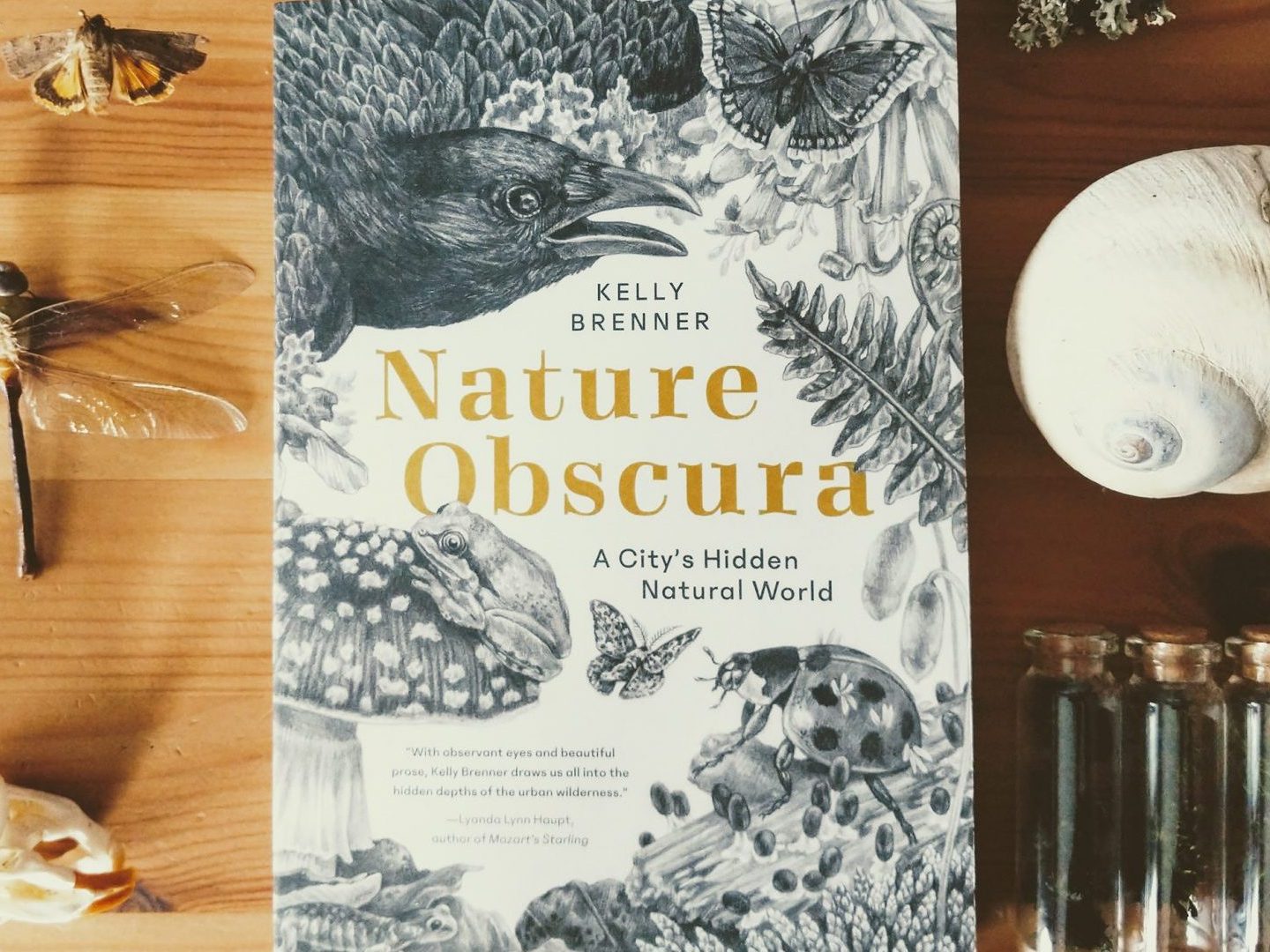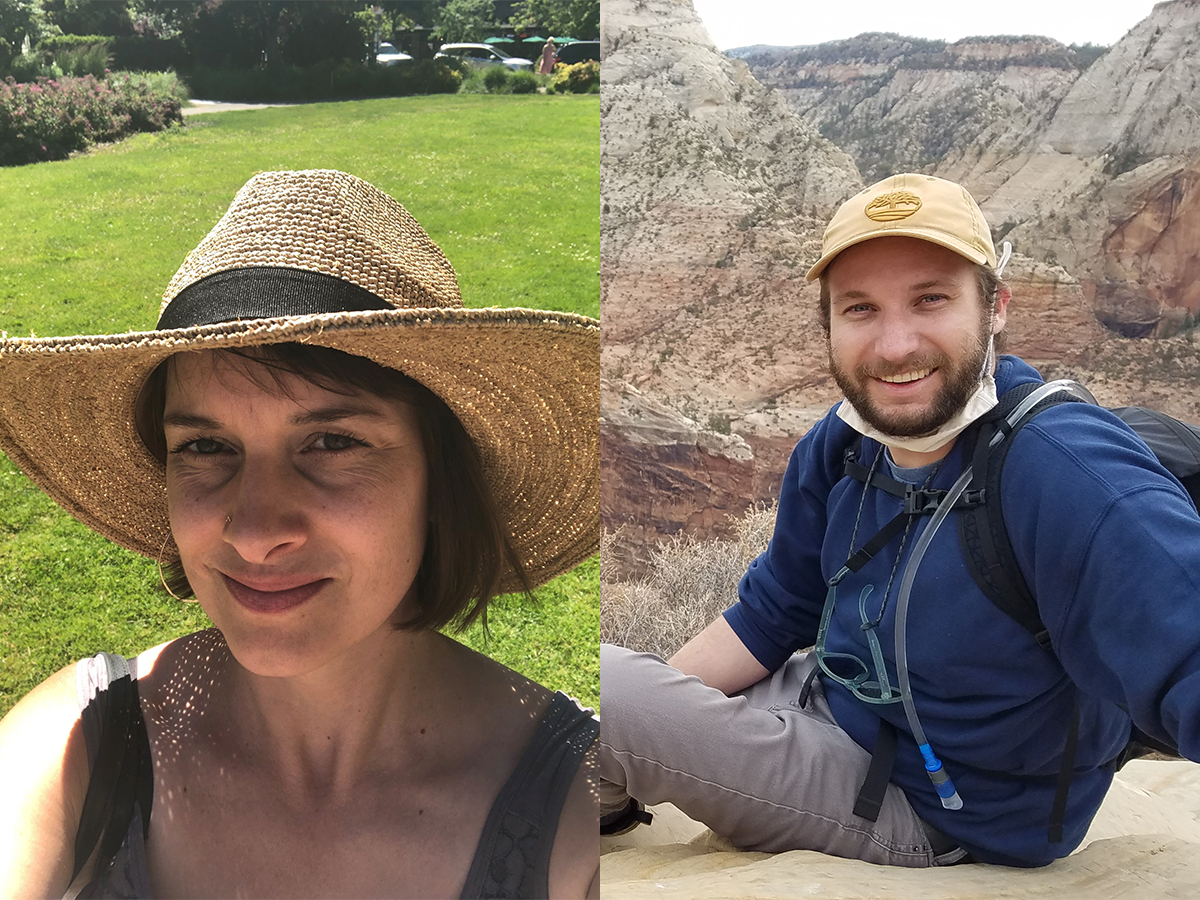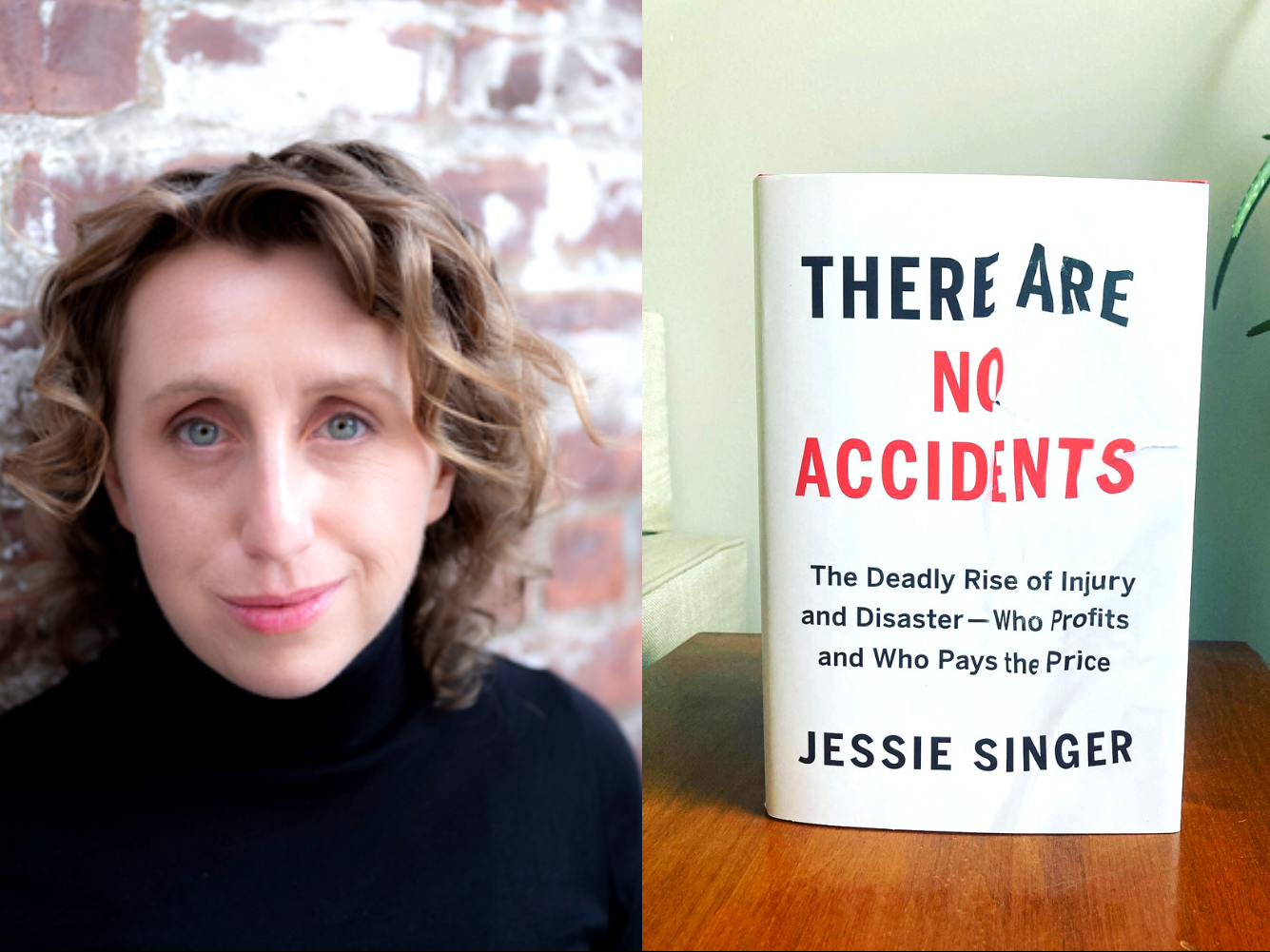
Book Review: Nature Obscura
August 9, 2022
Great Ecology Welcomes Julie & Quin!
August 31, 2022
Book Review: There Are No Accidents
Author: Liz Clift
What if we lived in a world where no one was ever hit by a car? Or cars didn’t crash into each other? What if we lived in a world where we didn’t need to talk about environmental justice because we designed systems in such a way that certain neighborhoods (or towns or regions) weren’t compromised by pollution or fallout? What if there were no accidents?
In There Are No Accidents: The Deadly Rise of Injury and Disaster—Who Profits and Who Pays the Price (2022), Jessie Singer asks readers to explore questions like these, with the goal of helping people understand that something isn’t an accident if it’s predictable—and many of the things we call accidents are, in fact, predictable. Furthermore, Singer repeatedly makes the point that by calling something an “accident,” we shift accountability for systems that are designed without safety in mind onto individuals, such a pedestrians or “bad” drivers, onto people who are poor, onto people who happen to live in a certain place, and more.
However, there is so much of our day-to-day lives that we can’t control. Most of us, for example, are not traffic engineers or urban planners, and so have very little say over speed limits on the streets near us, the design of intersections, the presence and quantity of crosswalks, or if there are railway crossing arms at intersections with train tracks in our neighborhood. Yet if we are involved in a car crash (regardless of whether we hit someone or something or are hit by a train or another car), an individual will most likely take the blame—and still the system might not be redesigned to make that area safer.
The things that are outside our control also include a significant number of the ecological issues that we face, particularly in this field, ranging from long-term contamination of an area because of a chronic or specific incidence of a contaminant leak to sea-level rise to stronger storms to fires started because of old infrastructure. Singer argues that if we paid more attention to these systems, rather than to shifting culpability to individuals, we would have the opportunity to live in a world that is safer and healthier for everyone.
In doing this, Singer asks us to contemplate everyday tragedies, with which Singer is intimately acquainted—which are often overlooked or ignored in favor of showy tragedies. The oft-touted (but true) example of this is that we’re more likely to die whenever we get in a car than when we get in a plane—but more people fear dying in a plane than they do in a car.
This book might cause you to rethink your use of the word accident—I know it will for me. I will be working to eliminate that word from my vocabulary for reasons Singer highlights again and again in the book. I started to list who I think should read this book—but I honestly think it’s most people, in most professions, because we can designs system that are more focused on people and the health of the planet, and we should be doing more to keep each other and our world safe. So whether you work with people; or design transportation systems; or work in the energy sector; or are involved in architecture, design, or planning—or so many other professions, pick up this book.

